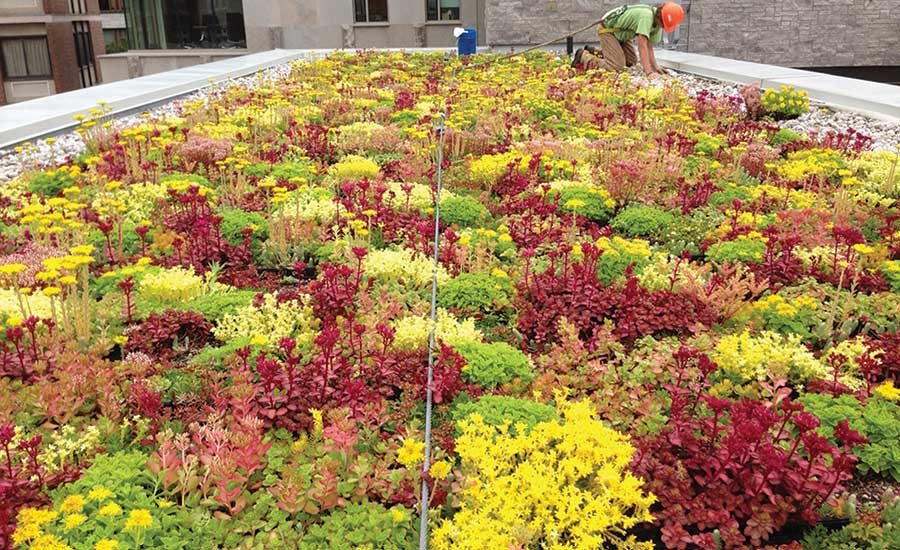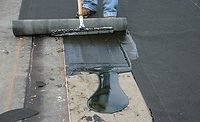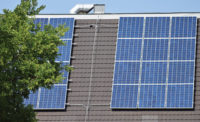This month marks the fifth anniversary of the Sustainable Roofing column in Roofing Contractor. Over the past five years, I’ve talked about many different aspects of sustainability, emphasizing both the opportunities and the challenges for our industry. Changes related to sustainability have been substantial over the past decade. In less than ten years, we’ve witnessed the introduction of many new products and technologies — including new energy-efficient roof membranes, low-VOC adhesives, roof-integrated solar panels, and much more. And each of these new innovations has increased the demands placed on the skills roofing professionals possess and the ways we conduct our business. So given the challenges these new products have created, it may be worthwhile to review the benefits they have generated over the past ten years.
Roofs are Saving More Energy
In less than a decade, the energy efficiency of a new commercial roof has improved by more than 100 percent. For a typical commercial roof with insulation above the deck, minimum code thermal values have increased from R-10 in the 2006 International Energy Code up to R-25 or greater in the 2015 version of the code. In addition to this significant increase in R-value, the energy efficiency of commercial roofs has been further advanced by new code requirements for cool roofs and air barriers.
Roofs are Producing More Energy
According to Greentech Media (GTM), a new solar PV system was installed in the United States every 80 minutes in 2006. By 2017, GTM projects that this rate will have increased to a new system deployed every 80 seconds — a fifty-fold increase. Less dramatic but significant gains also have been reported for other forms of rooftop energy, including solar-thermal panels, skylights, and solar tubes.
Roofs are More Durable
Recent market studies I’ve conducted suggest that the durability of roof systems as measured by the type of materials specified has increased significantly over the past decade. In general, the data shows that roofing membranes are getting thicker, more cover boards are being installed, and more redundant details are being incorporated into roofing specifications compared to ten years ago.
The Environmental Impact of Roofing Materials is Improving
According to the U.S. Environmental Protection Agency, 40 million tons of roofing waste are deposited in American landfills each year, accounting for over 25 percent of all solid construction waste. Although we still have a long way to go to eliminate this waste, our industry is moving in the right direction. In the last ten years, we’ve initiated a number of active recycling programs covering roofing shingles, roof insulation, and many single-ply roofing membranes.
In addition to reductions in solid waste, roofing-related emissions such as VOCs have been declining as our industry moves to adhesive and sealant technologies that feature low- or zero-VOC formulations. Finally, the net environmental payback from the increased levels of thermal insulation discussed previously is reducing the long-term environmental impact related to building energy sources such as electricity and heating fuels.
The Rooftop is a Safer Place to Work
According to the U.S. Department of Labor, the accident rate for roofing workers has declined over 24 percent in the past ten years. Although any roof-related accident is one too many, it’s gratifying to see that the risk of accidents has declined so much in the last decade. And it clearly suggests that we’re doing a much better job protecting the people who work on our roofs.
Because we work in a competitive industry and a challenging environment, it can be too easy to focus on the day-to-day issues and miss the gradual changes that shape our business over a decade. But when we look back on the overall record of the last ten years — including dramatic improvements in energy efficiency, durability, environmental impact, and human safety — I think we can all agree that sustainable roofing has made our roofs, our industry, and our country a better place. So here’s to the next ten years of sustainable roofing!







Report Abusive Comment